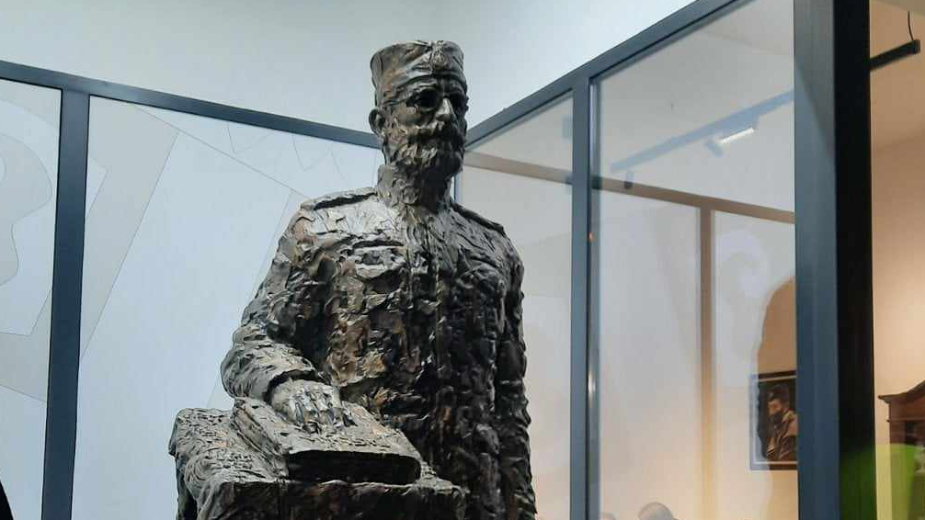Belgrade on Fire: Šapić and the Draža Mihailović Monument – Serbia’s Burning Divide
Serbia’s political scene has never been calmer, right? Well, not quite! Over Belgrade looms a new live wire – Aleksandar Šapić’s idea to erect a monument to the commander of the Yugoslav Army in the Homeland War, Dragoljub Draža Mihailović. Yes, you read that right. While the country still lives in the shadow of a 45-year-old divide between Chetniks and Communists, Šapić throws a new bomb into an already boiling political atmosphere.
What did Šapić want and what did he get?
Last year, Šapić proposed the monument to Draža Mihailović, at the same time suggesting the relocation of Tito’s grave from the House of Flowers. Both initiatives immediately faced fierce opposition from coalition partners, especially SPS, who helped him become the mayor of Belgrade. Members of the monument commission, mostly from SNS, did not support the idea, did not attend the session deciding on the monument, and voted against it.
Political game or sincere wish?
Many think Šapić’s “bone” thrown to the opposition is just a distraction, but the situation is much deeper. This initiative is not aimed at the opposition but within the ranks of the ruling party, where Šapić tries to defend himself from attacks by his party colleagues. In a country where arrests of political dissenters have become routine and dialogue on such important topics is nearly impossible, such ideas only fuel conflicts.
Why is this issue so important?
The divide between Chetniks and Communists is not just ideological – it is deeply familial and historical. It split brothers, fathers, and sons, many of whom lost their lives. It was not resolved by the law equating the Ravna Gora and Partisan movements, nor by the rehabilitation of Draža Mihailović in 2015. Nor did the discovery of Draža’s grave, which the Titoist regime deliberately hid, help.
What lies ahead?
As long as one side refuses to accept the monument to Draža, and the other does not acknowledge that not all accusations against the Chetnik movement are true, the divide will live on. Tito’s Yugoslavia produced new divisions and crimes, such as the persecutions on Goli Otok, which we still cannot forget. This country is on the brink of civil war, and the regime daily creates new rifts.
Conclusion: time to cool down
“History should be left to historians,” some say. But reality is relentless – new generations grow up with different, often opposing narratives. Until it becomes possible to calmly and democratically discuss these topics, the divide will keep lulling us to sleep. And Šapić? He’s just throwing another “bone” into this Serbian political ring while the country wrestles with its demons.
If you thought Serbian politics was boring, think again. Now, drop a comment – is the Draža Mihailović monument just another political game or a real chance for reconciliation? Or will we watch history repeat itself, but with new actors?
Note: This text is based solely on facts from available sources and contains no fabrications.












